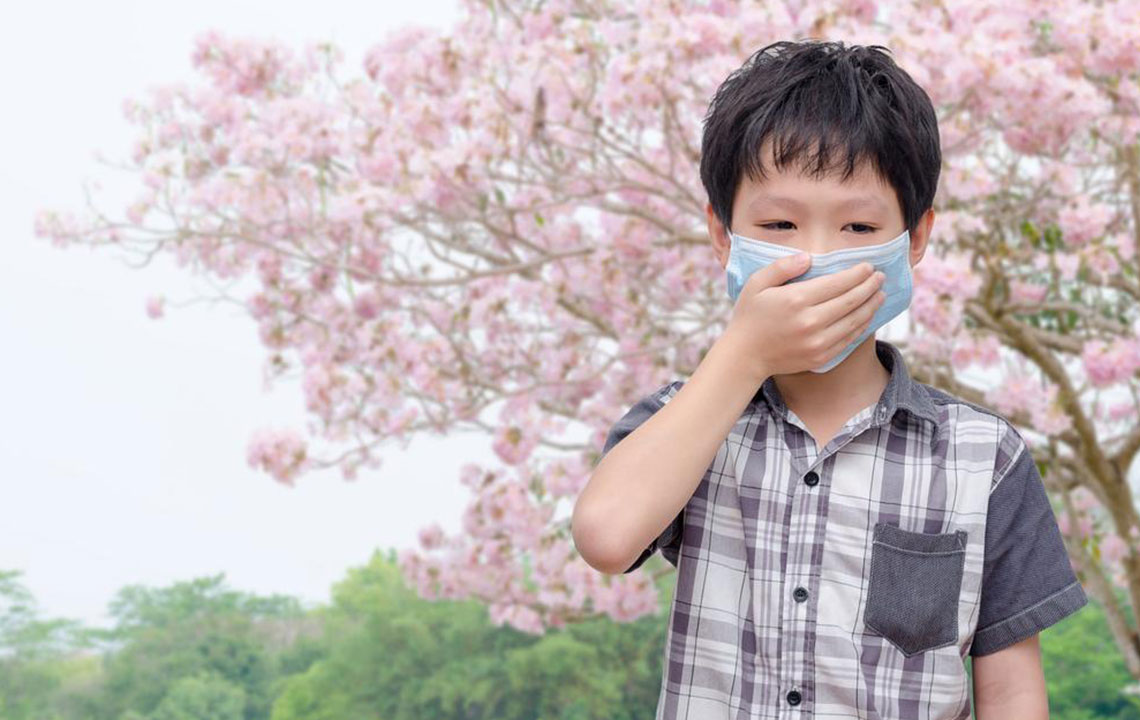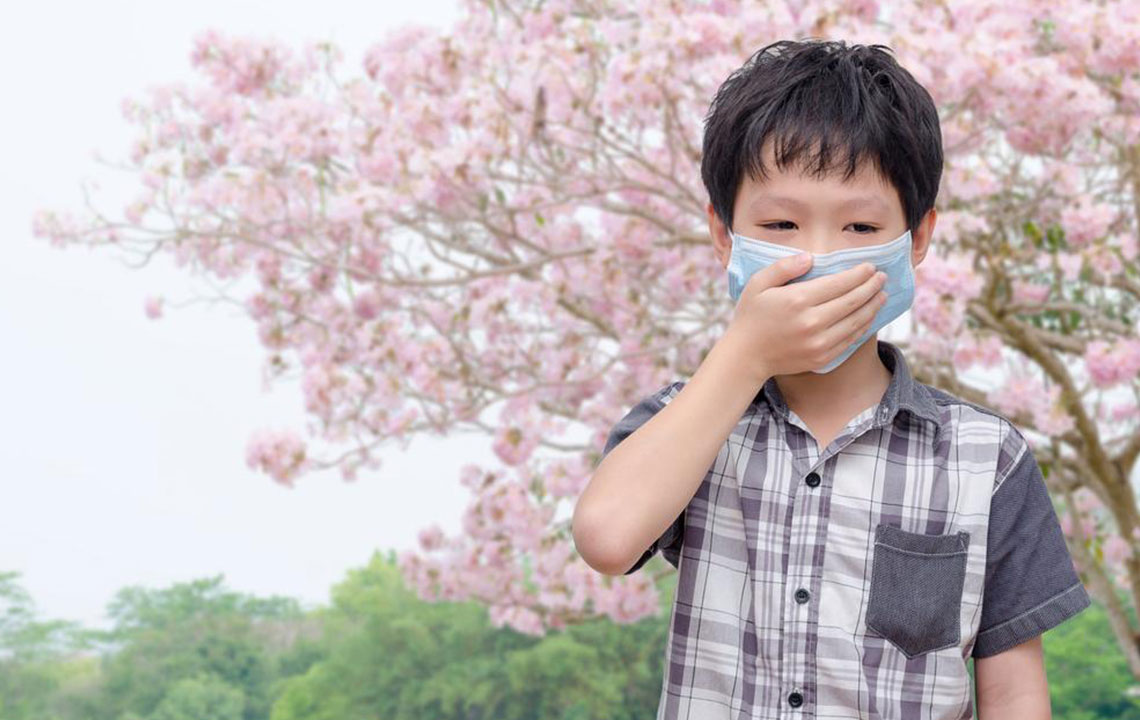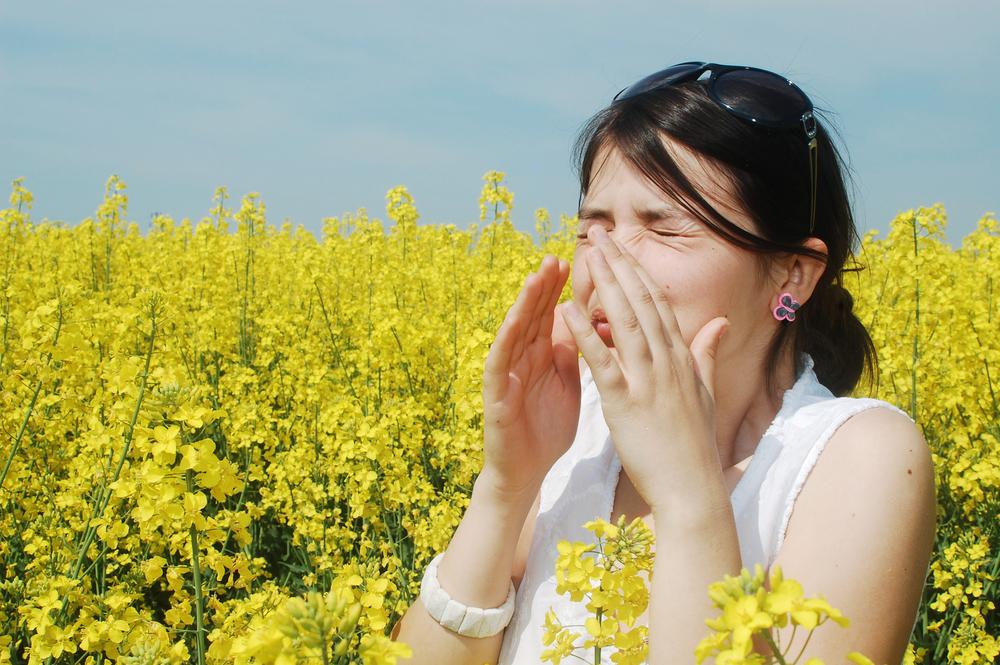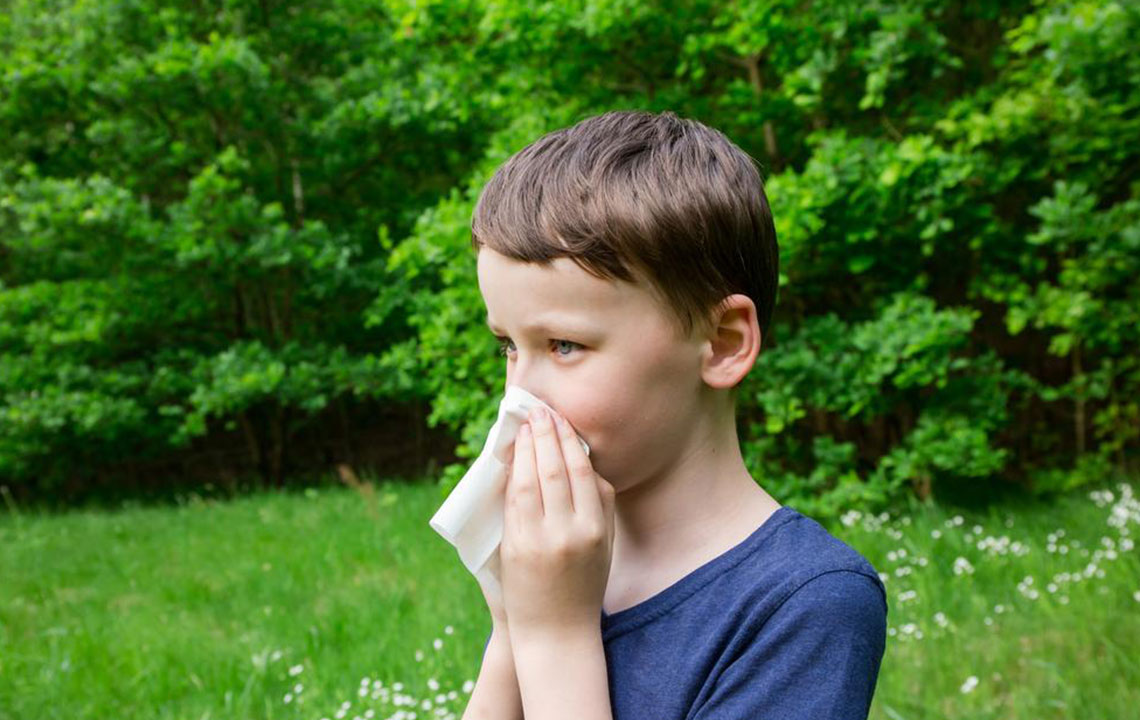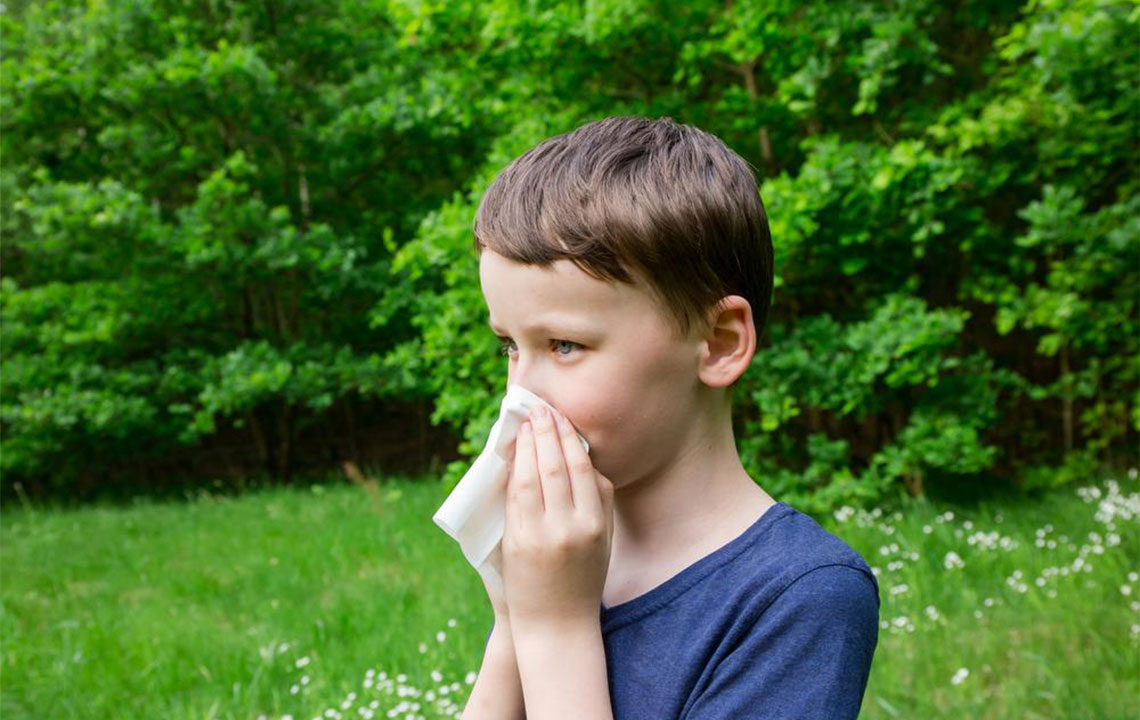Comprehensive Guide to Pollen Allergies: Symptoms, Prevention, and Relief Strategies
This comprehensive guide explores pollen allergies, detailing symptoms, measurement techniques, and effective prevention and relief strategies. Learn how to identify triggers, minimize exposure, and utilize natural remedies to manage hay fever effectively. Stay informed about pollen forecasts and adopt preventive measures to improve your allergy management. Whether you're impacted seasonally or year-round, this detailed overview offers essential insights to help allergy sufferers lead healthier, more comfortable lives.

Comprehensive Guide to Pollen Allergies: Symptoms, Prevention, and Relief Strategies
As seasons change, especially during unseasonably warm winter days, many individuals experience an unexpected surge in pollen levels, leading to increased allergy symptoms. Pollen, a fine powder produced by plants such as grasses, olive trees, ash, and various weeds, is invisible to the naked eye but is a significant allergen for millions worldwide. Understanding pollen behavior, how it is measured, and the best strategies for prevention can dramatically improve quality of life for allergy sufferers.
Airborne pollen counts serve as an essential indicator of allergen levels in the environment. These counts measure the number of pollen grains per cubic meter of air, providing crucial information that informs daily activities and health precautions. Elevated pollen levels are often associated with warmer weather and wind conditions that facilitate pollen dispersal, while colder, rainy, or humid weather typically suppresses pollen release. National meteorological agencies and allergy organizations regularly monitor these levels through various sophisticated measurement techniques, helping individuals plan outdoor activities and mitigate exposure.
Modern pollen measurement methods include using specialized devices such as silicon-coated rods rotated in the air to capture pollen grains, or employing volumetric traps like the Burkard trap, which collect airborne particles over extended periods—usually seven days—for detailed analysis. The data collected helps identify predominant pollen types and concentrations, which are vital since different pollen species can trigger specific allergic reactions. Factors like wind speed and direction also significantly influence how pollen disperses in the environment, affecting allergy severity and timing.
Pollen allergies, commonly known as hay fever, are immune system overreactions to airborne pollen particles. These allergic responses can be particularly distressing for individuals with pre-existing respiratory conditions like asthma or sinusitis, often intensifying their symptoms. Interestingly, even people without prior allergies can develop sensitivities over time, experiencing symptoms such as watery eyes, nasal itchiness, sneezing, and conjunctivitis. Accurate diagnosis often involves skin prick testing or blood tests to identify specific pollen triggers, enabling personalized management plans.
Staying informed about daily pollen forecasts provided by allergy organizations and meteorological agencies allows allergy sufferers to plan their daily activities better, reducing exposure during peak pollen times. Recognizing specific pollen types, such as grass, tree, or weed pollen, allows individuals to tailor their prevention and treatment strategies more effectively. For instance, some types may be more prevalent during certain seasons or times of the day, typically mornings when pollen dispersal peaks.
Managing pollen allergy symptoms involves various remedies and lifestyle adjustments. Nasal irrigation using saline water helps clear pollen and mucus from nasal passages, reducing congestion and irritation. Consuming foods rich in healthy fats, like omega-3 fatty acids found in fish oil, may help modulate allergic responses. Herbal remedies such as butterbur and herbal supplements like quercetin have shown promise in reducing allergy severity. Additionally, practices like acupuncture and incorporating anti-inflammatory spices like turmeric—rich in curcumin—can aid in symptom relief. Turmeric acts as a natural anti-inflammatory and decongestant, providing an alternative or complementary treatment option.
Practical precautions also play a vital role. During high pollen seasons, especially in the mornings, outdoor activities should be limited or modified. Keeping windows and doors closed helps prevent pollen from entering indoor spaces. Showering after outdoor exposure removes pollen from hair and skin, decreasing the likelihood of allergen contact. Wearing masks during outdoor activities and using air purifiers indoors further minimize pollen contact. Regular cleaning of bedding and curtains also helps reduce indoor pollen accumulation.
Comprehensive management of pollen allergies combines avoidance strategies, medical treatments, and natural remedies. Consulting healthcare professionals for personalized treatment plans—including antihistamines, nasal sprays, or immunotherapy—can significantly improve symptoms. Recognizing early warning signs and taking proactive steps ensures that pollen allergy sufferers can enjoy outdoor activities and maintain daily routines with minimal discomfort.
